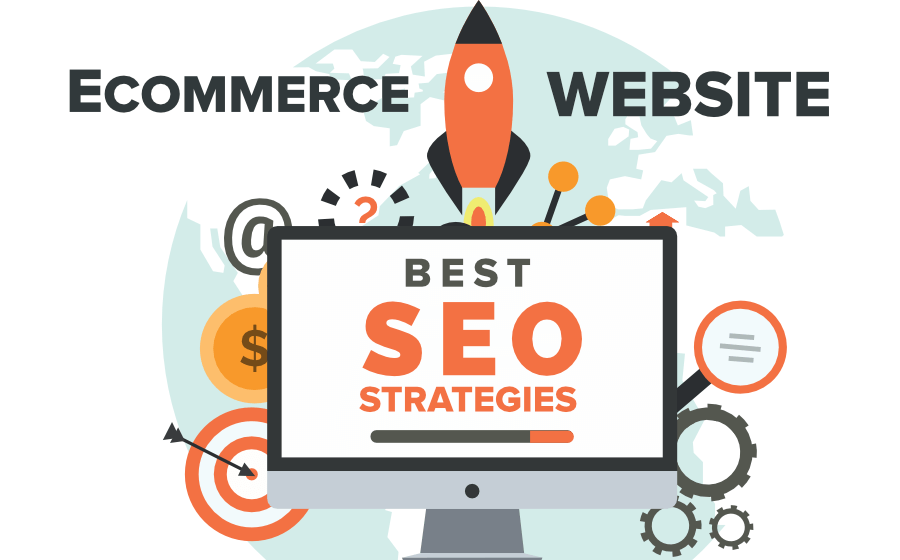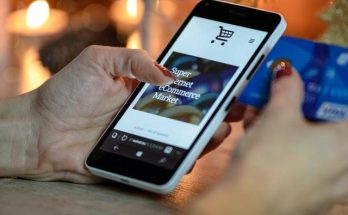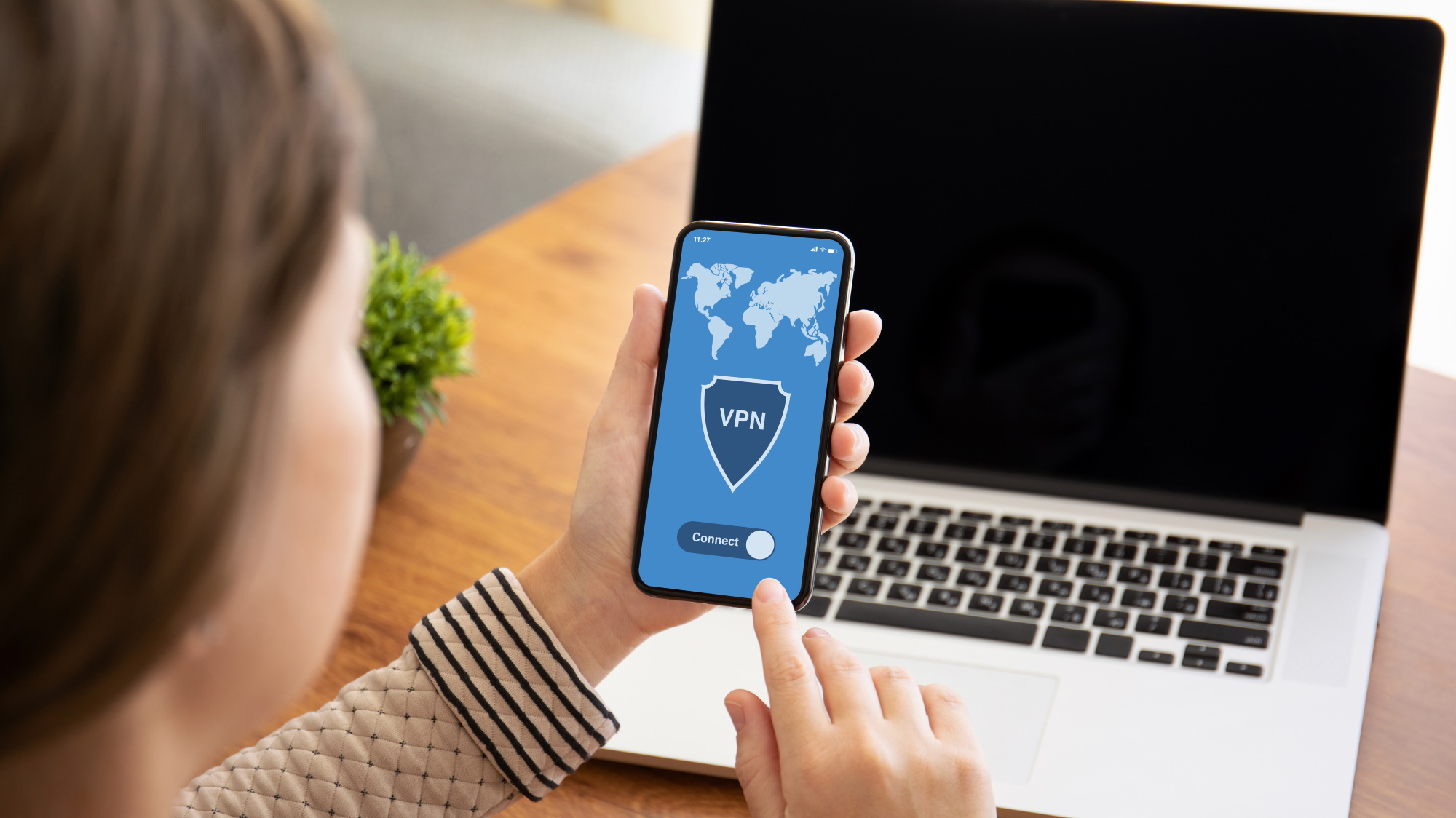It’s not exactly news to say that social media usage has massively increased over recent years, in combination with consumers now relying heavily on online shopping. Spending habits are changing, and with the impact of the coronavirus pandemic, consumers are searching online for products at constantly increasing rates. Even after the pandemic, it is expected that these habits will remain, as we have discovered the ease and availability of finding everything that we need online.
As an e-commerce business, your advertising is likely to be heavily dependent on social media and digital strategies. You may have already considered influencer marketing, or are beginning to think about it now. With 90% of marketers suggesting influencer marketing to be effective, it’s definitely worth thinking about. Keep reading to learn how to create a successful campaign.
Planning
The first step of any influencer marketing campaign, whether an e-commerce brand or not, is to plan. It’s essential to conduct a thorough planning process, in order to reap the benefits of your campaign. If you’re new to this form of marketing, I would recommend doing some research, such as taking a look at our influencer marketing guide. This is a definitive guide, which you can download and refer to at any time throughout your campaign.
During the planning process, there are a few questions that you should be answering:
-
What is the objective of your campaign?
Here, you will want to define your goals. You may want to increase brand awareness, to drive sales, to improve brand image, or to increase content creation.
-
Who is your target audience?
It’s crucial that you determine the type of audience that you wish to attract. Think about both their demographics, as well as interests. This could be the same as your brands’ current audience, or you may be targeting a new type of consumer with this campaign.
-
What is your budget?
The amount that you are willing to invest in this campaign will determine the type of influencers that you can work with, the number of influencers, and also the social media channel and media type, too. Here, you will need to take into account shipping and handling costs too.
-
What is your timeline?
Finally, you will need to address your desired timeline for the campaign. Are you hoping to create a campaign for a specific date or season? Maybe you are launching a new seasonal line in time for the festive period? Remember, some influencers will have schedules booked up far in advance.
Incentive
If we think back to your planning process, you will have determined a budget and also considered what sort of incentive you will be able to offer to influencers. Depending on the value of your product or service, incentives can be either monetary or non-monetary.
The best way to think about this is to understand its perceived value to the influencer. If your product would seem fairly high value, then influencers may accept this alone. However, if it is low value, they may ask for payment too.
It also depends on the type of influencer that you are working with. Nano and micro influencers tend not to charge fees, but medium and macro influencers likely will. They also tend to have managers that charge fees too.
As an e-commerce, a popular method is to work with a commission-based incentive, giving influencers discount codes. This way, they will promote your product and provide their personalised discount code to their audience, which will give consumers money off at your checkout. This encourages more traffic to your website and increased sales, due to consumers being eager to purchase at a reduced rate. The influencer benefits as they will gain a commission from every person that uses their code.
Finding influencers
When the basics of your campaign are defined through your planning process, the next step is to find influencers that will be right for your brand and your campaign. There are different ways of doing this, some that will be easier than others.
You could manually search for influencers directly on Instagram, for example. This is rather time-consuming, however, you may find this the best method for your business. For best results, use these tips:
- look for influencers in your follower list, as this way you know that they are already a fan of your brand.
- check your brand tags for any potential influencers.
- take a look at your comments, as influencers may show interest here.
For a more effective search, I would recommend that you work with an influencer marketing platform. By doing so, you will be able to use specific search filters to refine your search based on your desired influencer features. You will also be able to analyse influencer profiles, to ensure that both they and their audience are a perfect match for your brand.
Whichever method you choose, it’s essential that you analyse profile metrics, which we will take a look at below. Sometimes, brands will assume that follower count is the most important thing, the bigger the better, right? Well, this isn’t the case with influencer marketing. Instead, you will want to look at performance metrics, such as engagement rates.
Here, we can see the engagement rate of this influencer, compared to an average for their category, from Heepsy’s data. This shows the level of interaction between an influencer and their followers, showing an audience’s interest through likes and comments. By solely basing your choice on an influencer’s follower count, you may end up having your product promoted to an uninterested audience. It’s far more important that the audience is engaged, even if it’s a smaller group.
Another example that we can see from Heepsy, is the audience authenticity metrics. When analysing Instagram influencers directly on the platform, you can easily stumble across influencer fraud. Watch out for varying likes and comments across posts, as well as unnatural comments. But, with an influencer marketing platform, artificial intelligence will work to identify suspicious behaviour and provide data on expected influencer authenticity.
Tracking your campaign
Another essential element to consider before launching your campaign is how you will monitor progress. To analyse results at the end of your campaign, you will need to have set up a way to track your key performance indicators.
One of the most popular tools used by e-commerce’s is Google Analytics. This is a free analytics tool that will allow you to keep track of important information such as:
- website traffic driven by influencers
- sales driven by influencers
- published content
- impressions on influencer content
- new followers gained
- discount codes used
By keeping on top of these metrics through an analytics tool, when it comes to analysing the success of your campaign, you will be better organised. You can look at the data to understand elements like which influencer achieved the best results, which social media platform performed best, and of course, the sales brought by influencers.
Conclusion
So, with all of this in mind, you’re certainly on your way to acing an influencer campaign. If there’s one thing that I’d like you to take away from this, it’s the importance of research and planning.
Influencer marketing can be extremely beneficial for e-commerce businesses in meeting whatever goals you may have. But, the most successful campaigns are those that have gone through an extensive planning process, making sure that the influencers selected are a perfect match for the brand.




